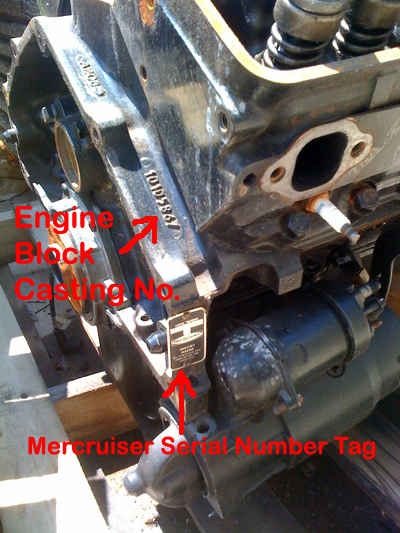OK, I went out for a short while and did a recording. I am still trying to understand what all the data means. The EGC diagnostics book is lots and lots of reading. A few thing i have noticed and i'm not sure it is supposed to be this way... The boat always seems to idle at about 30-50 rpm slower than "commanded". One above idle speed. the TCP seems to be considerably different that the command.
I have two recordings in the diacom format that wouldnt be easy for anyone to view right here. I made a video of both of the recordings that anyone should be able view on youtube. The links are below. If someone wants to take a look and let me know what you think, that would be great.
The recordings were about 10 minutes each but i sped them up to record them. They are about 3 minutes each. Each of them has a moment or two in the beginning before i start the boat.
Looked at the files.But you never got above 1/2 throttle, need to get to WOT.
One of your questions deals with TCP actual vs TCP commanded.
Below about 1/2 TCP Actual, the TCP actual and TCP commanded will not be the same.
TCP actual will be higher than TCP commanded. Above about 1/2 TCP actual, TCP actual and TCP commanded become very close. So by not doing a full scan you don't know if they are too far apart.
Hook up the scan tool, hit record, start the engine and drive the boat for about 20 minutes. Bring the boat back to the dock and stop the recording.
Make sure you spend some time at the speed the issue is happening and get up to top speed for awhile.
I don't see TPS#2 or TCP#2 in the data set. These can sometimes be important numbers. I was surprised to not see them, but I have a vague memory that they didn't show up on some models. On those models you have to use the drive by wire test.
Here are some notes from class that might explain it better.
There are 4 items that need to be looked at first to determine if the system is
functioning properly. They are TCP Actual %, TCP Commanded %, TPS Commanded % and
TPS Actual %. The first variable looked at by the ECM is TCP Actual%. “TCP Actual %” is the percentage of opening of the TCP. It is the driver’s request. It is derived from TCP1% anytime there are no active TCP1 voltage DTC’s. TCP2% is the back up for TCP1%. The ECM then looks at other parameters and determines what it thinks
the TCP Commanded % should be. This is shown as TCP Commanded %. Below
approximately 50% TCP Actual, the TCP Actual and TCP Commanded will not be the same.
TCP Actual % will lead or be higher than TCP Commanded %. Above approximately 50%
TCP Actual, TCP Actual and TCP Commanded become almost the same.
TCP Commanded % is the ECM’s request to itself for desired throttle opening. The ECM
takes this command and turns it into a throttle command which is TPS Commanded %. The
ECM then drives the 2 wire DC motor attached to the throttle blade until TPS Actual %
indicates that the throttle blade is open to the commanded position. The TPS1 % value is
“TPS Actual %” as long as there are no active TPS1 electrical DTC’s (TPS2 % is the
back up). Once the TCP is off idle, check TCP Commanded % and TPS Commanded %, if
they are not almost equal, check for DTC’s related to the ETC system.
The way to validate the system’s operation is to (with the engine running and throttle above
idle) compare TCP Commanded, TPS Commanded and TPS Actual. They should all 3 be
tracking together. Another check that can be performed is a complete actuation test of the
system using a scan tool. The “Drive by Wire Test”, with the scan tools, puts the ECM in a special mode that allows opening and closing of the throttle blade without the engine running. Once the ECM is in this mode, the technician can open the TCP and the throttle blade will open and track with TCP opening. The scan tool will also show TCP1 and TCP2 voltages and percentages, IVS voltage and state, TPS1 and TPS2 voltages and percentages as feedback on the screen.
The desired vs actual idle speed is another one that is best checked after reaching WOT and slowing back down to idle.
But before you do anything else.
Track down your voltage drop, your below 8.5 volts during cranking. This can cause all sorts of weird problems and may go along way to explaining some of the numbers I see in your scan.
Also the difference between key and battery voltage should be looked into.





















